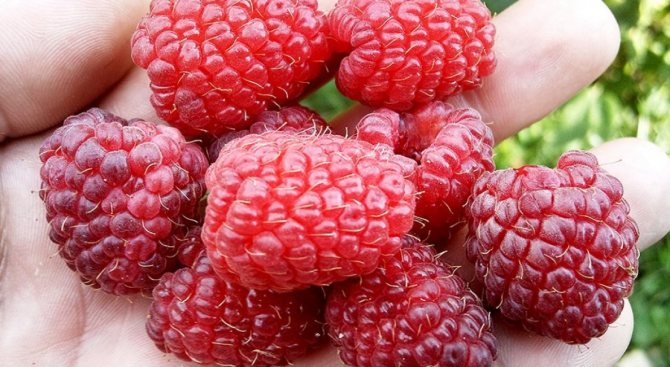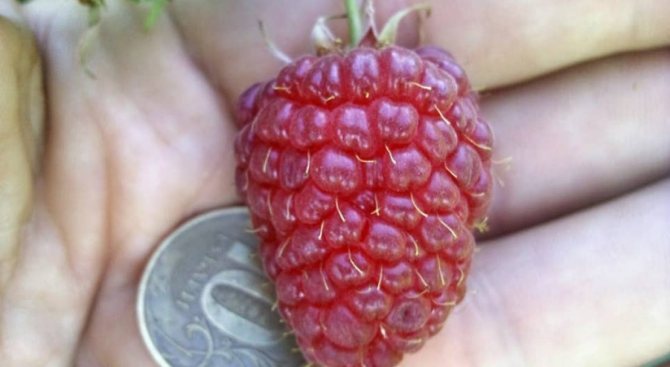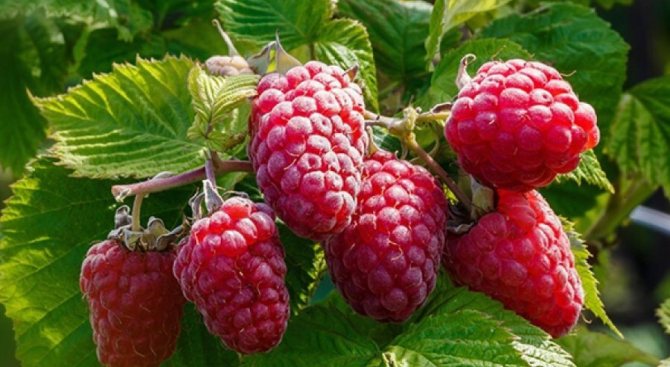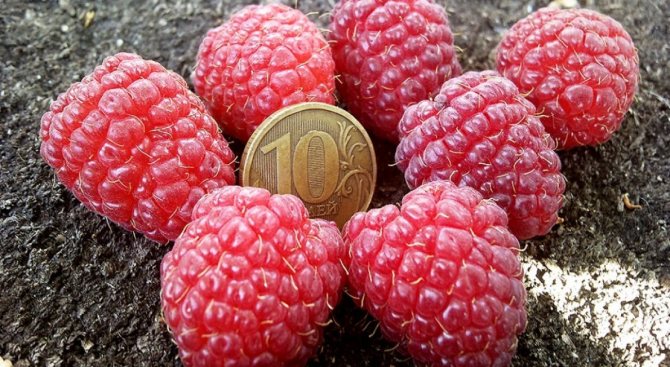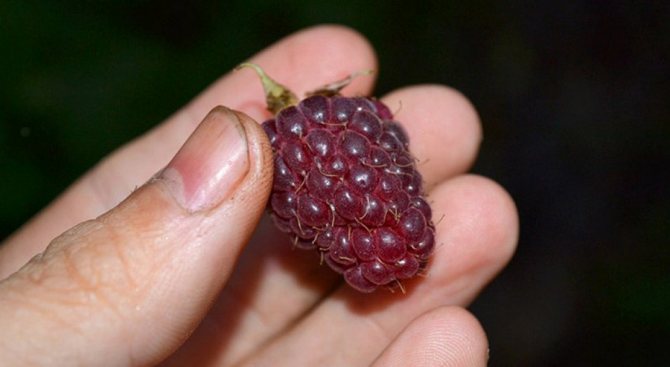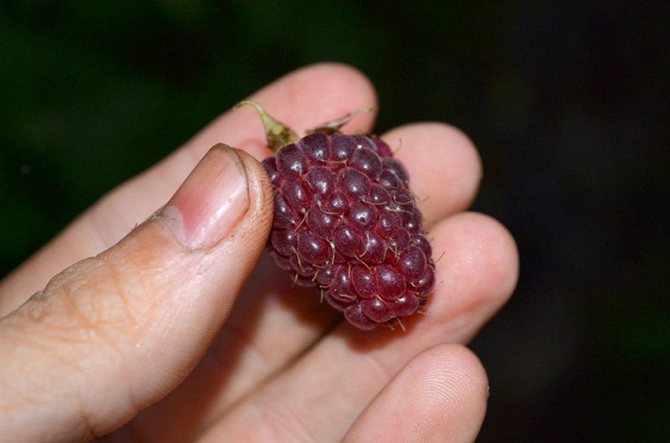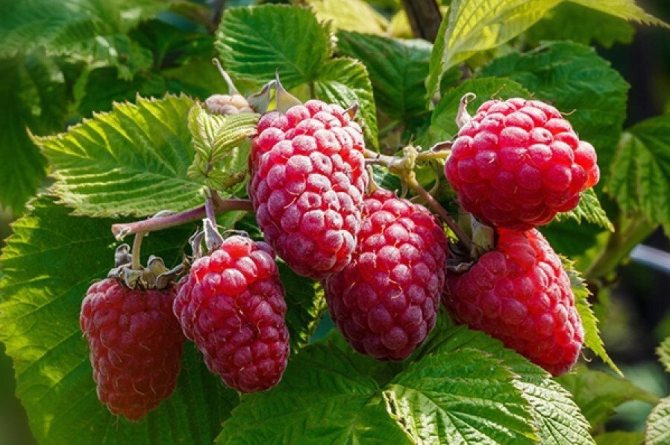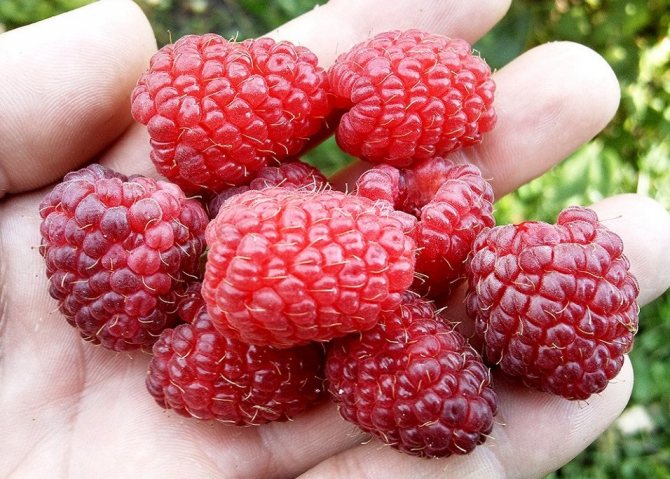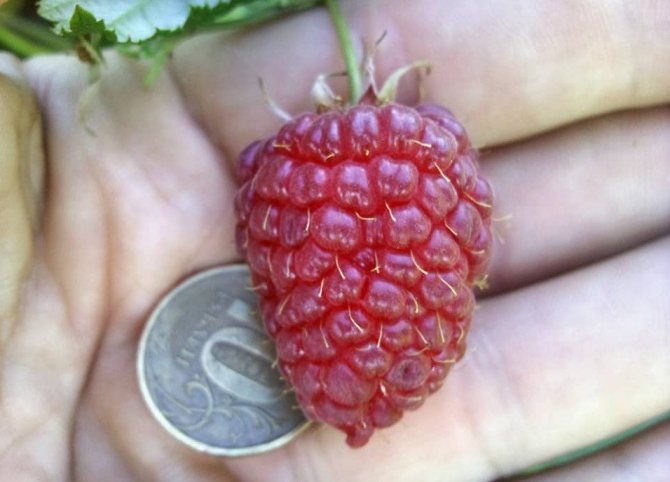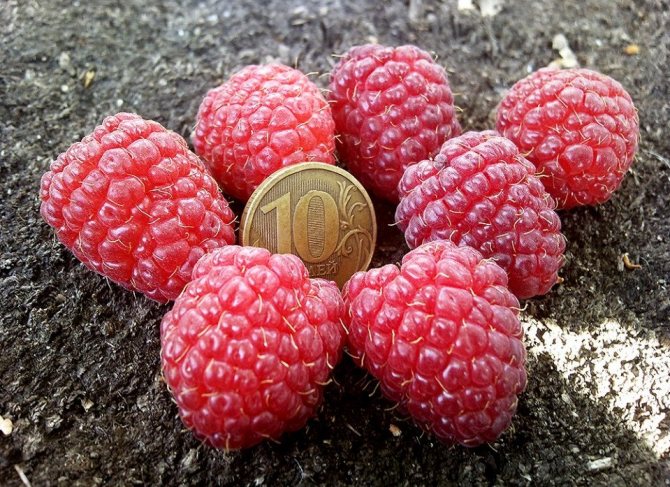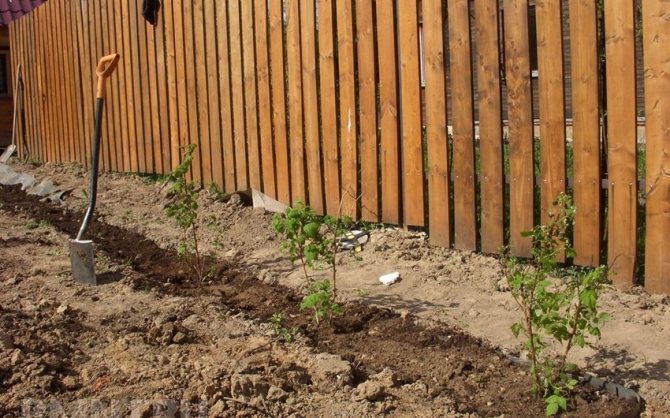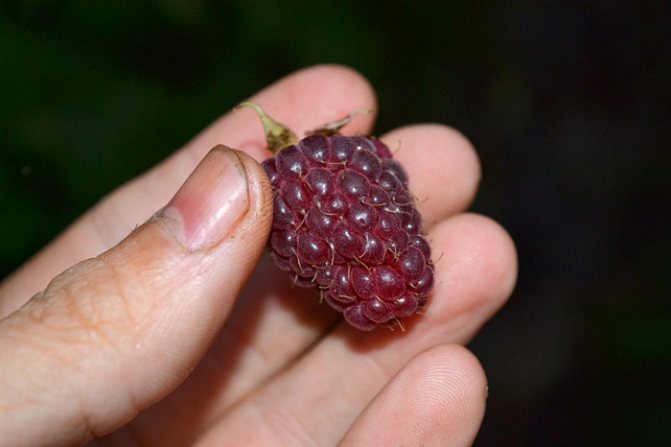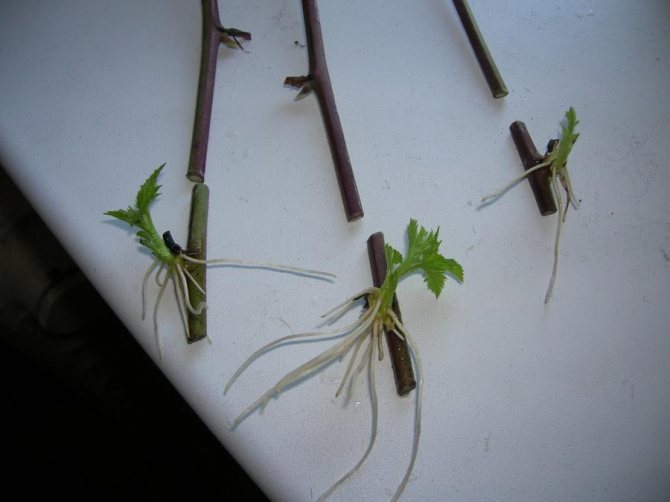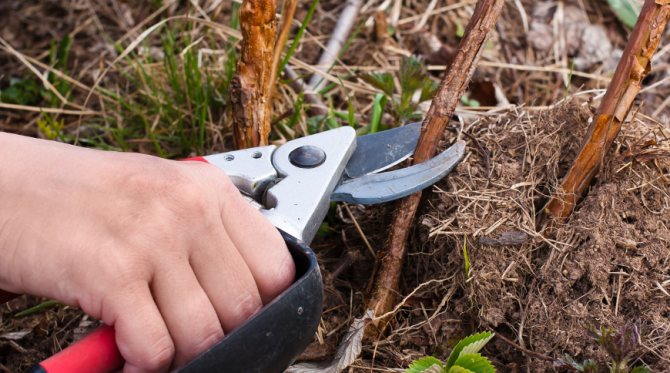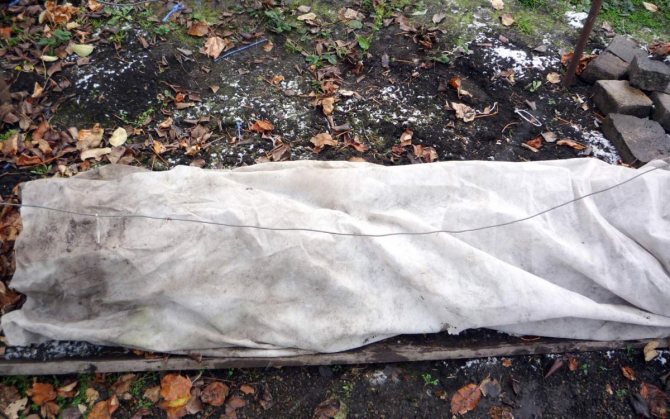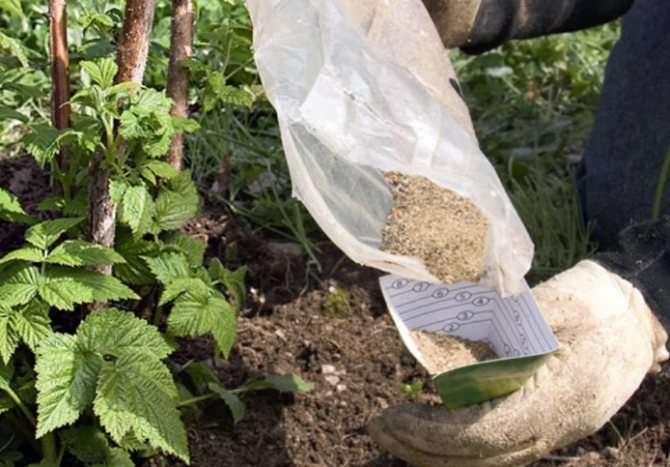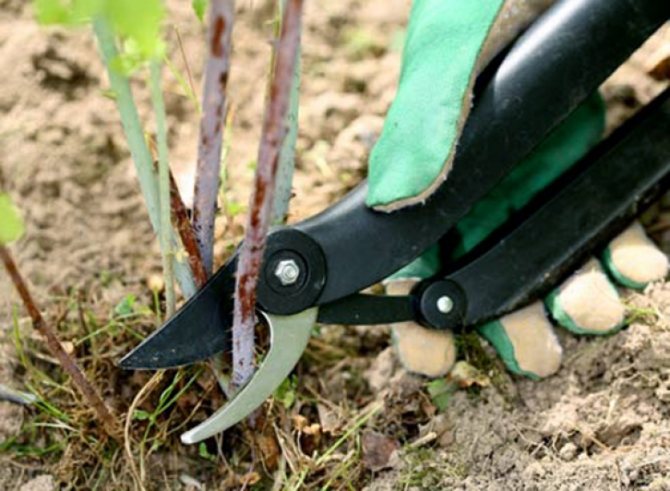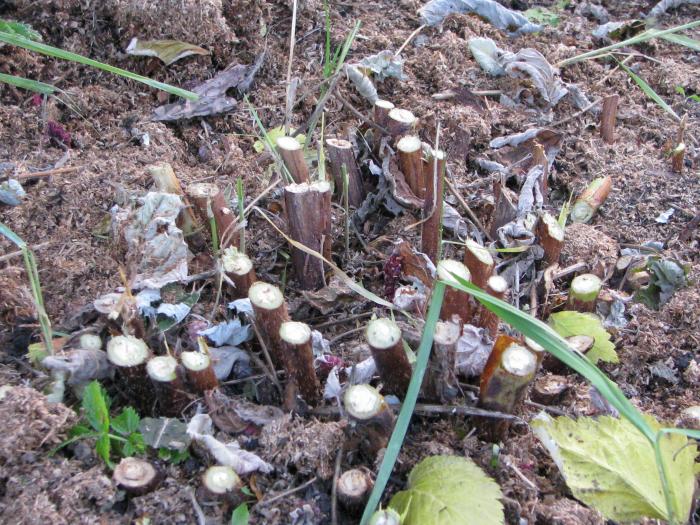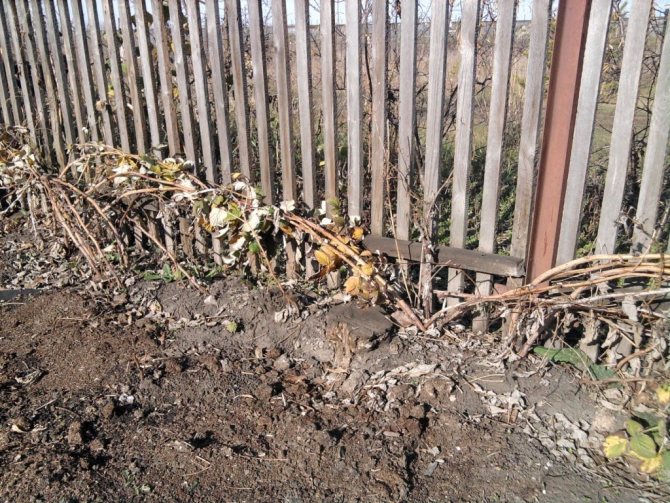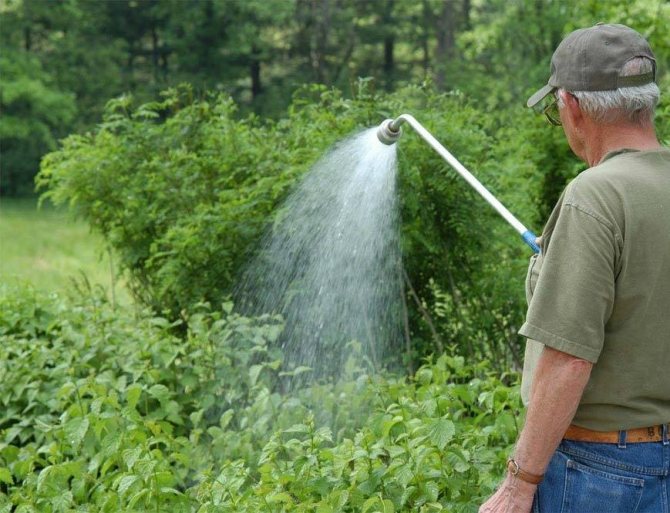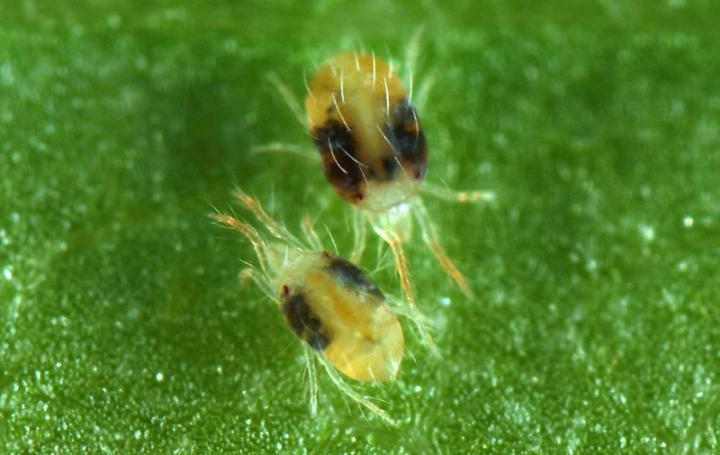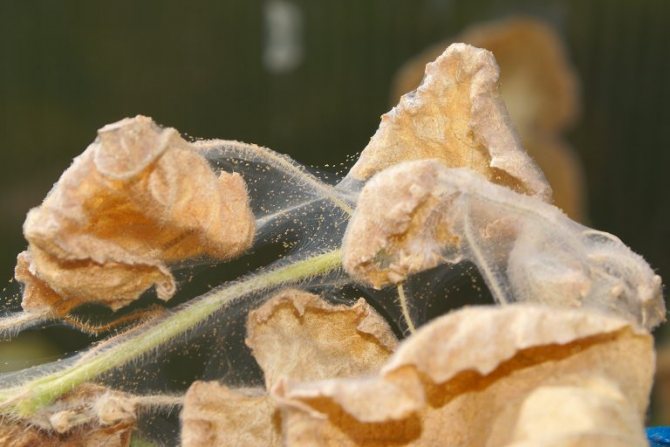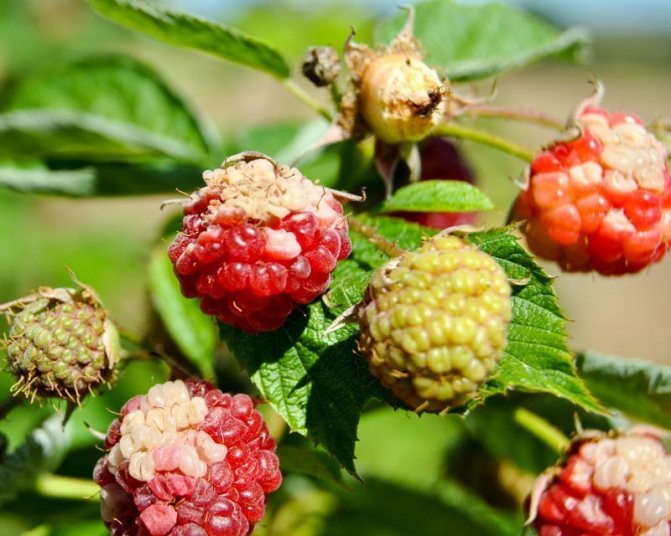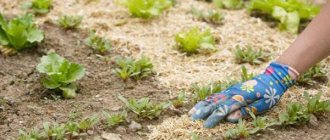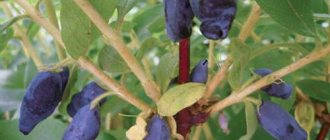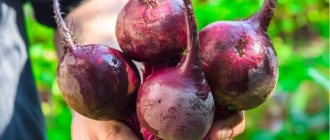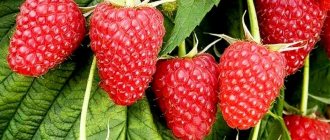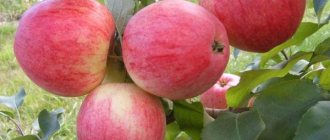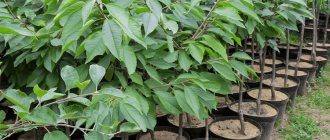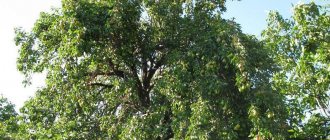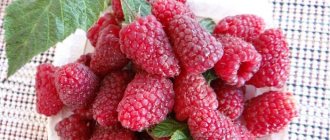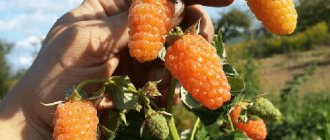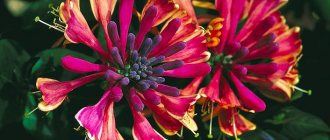Characteristics of the variety
Outwardly, Monomakh's hat looks more like a small tree than a bush: sometimes it is called that - a raspberry tree. The shrub is characterized by strong branched branches (as a rule, there are no more than 5 of them), reaching a height of 1.5 m. Shoots with bright green medium-sized leaves, slightly drooping.
The large, beautiful fruits of a bright ruby red color give particular value to the variety. Elongated berries have a blunt-conical shape. The pulp is distinguished by a dense and elastic structure, it is easy to separate from the stalk. The taste is sweet with a pleasant sourness. The fruits are suitable for fresh consumption, preparation of compotes and preserves, as an additive in pies, dumplings and desserts.
Important! The size of the raspberry fruit depends on the watering: if the plant needs additional moisture, the harvest will consist of small berries. In order for them to increase in volume during development, it is worth establishing a soil moisture regime favorable for the plant.
Advantages and disadvantages
- Positive features of the variety:
- long (double) fruiting period, rich harvest;
- high resistance to low temperatures;
- a good level of storage and transportation of dense berries;
- large size of fruits, pleasant taste.
- Cons of the Monomakh Hat:
- low degree and quality of ripening in the case of a cool summer;
- low sugar content and wateriness of berries with a lack of sunlight;
- sensitivity to soil acidity indicators;
- late second fruiting (in comparison with other remontant raspberry varieties);
- inability to harvest the second crop in full due to rains and unfavorable weather conditions in case of late fruiting;
- low immunity to disease.
Drought resistance, frost resistance
Monomakh's hat is not drought-resistant, does not tolerate heat and lack of moisture. The variety is able to withstand temperatures as low as -25 ° C.
Did you know? Raspberry flowers are directed downward: precipitation in the form of rain is not an obstacle for bees to collect nectar from such a plant.
Productivity and fruiting
The raspberry of the variety in question bears fruit only on the shoots of the current year, and in addition, the berries can ripen even on a cut off shoot. It is pollinated only by insects, so if the bush is grown in greenhouse conditions, it is necessary to open the room during the flowering of other plants.
In a normal growing environment, berries reach a weight of 6.5-7 g, but in some cases, experienced gardeners get huge fruits the size of a plum and weighing up to 20 g. With such volumes, it is possible to collect about 8 kg of a selective seasonal crop from one tree-like bush. The average yield level under normal growing conditions reaches 5 kg per bush.
Video: Raspberry varieties Monomakh Hat
Description and characteristics of raspberries Monomakh hat
Very little is known about the history of the creation of the variety - it belongs to the category of recently bred and is the creation of the hands of the famous Russian breeder I.V. Kazakov.
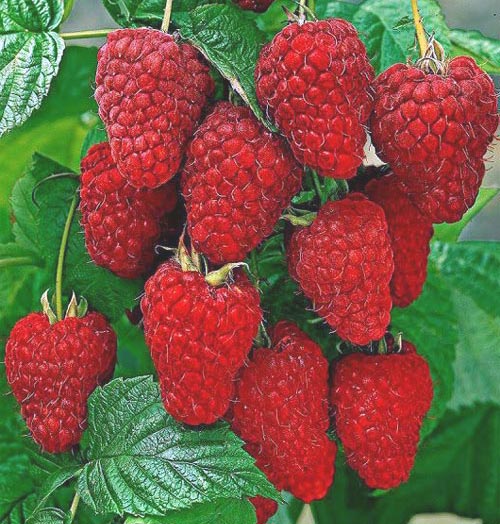
Large raspberries Monomakh hat have a dark burgundy hue
In appearance, the Monomakh's hat could be attributed to the so-called crimson trees, since the plant looks like a small tree up to one and a half meters high, consisting of 4-5 tall, slightly drooping shoots. On their lower parts there are thorns that do not interfere with harvesting.
The berries are medium and large, reaching a weight of 7–8 g, but specimens weighing three times the average are known. Under normal conditions, 4–5 kg of berries are harvested from one bush, but if the weather conditions are favorable for the plant, then 6–8 kg can be obtained. True, this is more likely in the southern regions, where the warm climate favors an extended period of fruiting. The fruits are slightly elongated with a blunt end. The color is maroon or purple. The taste combines acidity and sugariness, and the aroma is truly raspberry.
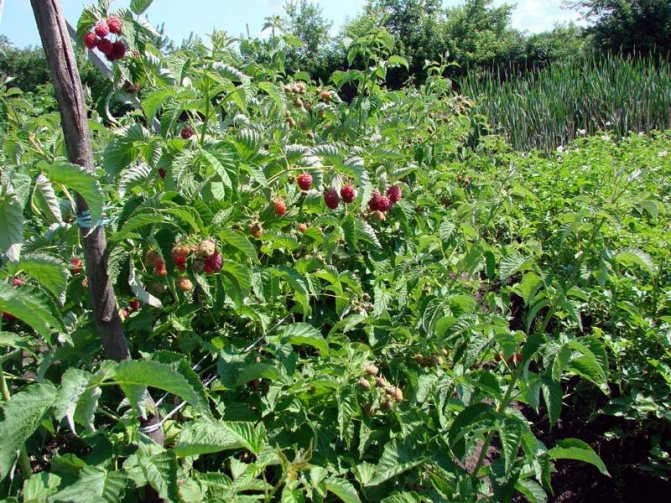

Repaired raspberries can be grown as both an annual and a perennial crop
The main distinguishing feature of the variety is its remontability - the ability to yield a crop in two passes. The first ripens on last year's shoots, the second on young ones. As a rule, the second wave of berries stretches in time, and in regions in a temperate continental climate, it manages to show itself only half.
Landing features
In order for the plant to take root, certain conditions for the preparation and planting of raspberries of this variety must be observed.
Timing
Saplings are to be planted both in spring and autumn. If you decide to plant a plant in the spring, it is advisable to do this in March (before the beginning of the intensive growing season), if in the fall, then in September-October (at the end of the specified process). In any case, it is better to choose a warm sunny day so that the cuttings take root faster. There should be no precipitation on this day.
Read more about planting raspberries in the fall.
Choosing the right place
Planting a variety of remontant raspberries should be carried out only on well-lit, protected from northerly winds, territory, and only from the south side... The latter criterion is important in terms of faster snow melting and better summer heat storage. Light shading can negatively affect the ripening time of the berries, as well as the quantity and quality of the crop. It is better to choose elevated or flat areas of the garden as a landing site, but not low ones.
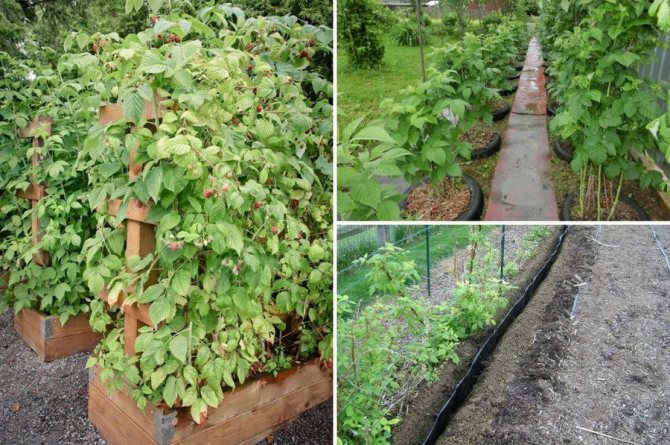

The required level of soil acidity is neutral or slightly acidic. The acidity index can be reduced by the liming method.... In addition to lime, wood ash or dolomite flour can be used. Before planting, the soil should be well warmed up, and the groundwater level should be no closer than 1.5 m to the surface of the earth. The distance between the plant and the fence (or building) must be at least 1 m.
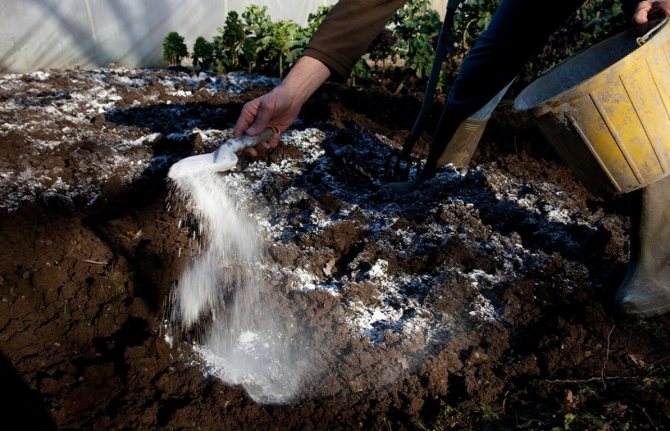

The predecessor of culture cannot be raspberries, whatever their variety. The fact is that the previous similar shrub could deplete the soil so much that all diseases and pests of the previous variety will be transferred to the Monomakh Hat. It will be better if earlier cereals and legumes, mustard or oats were grown at the potential raspberry planting site.
Did you know? Swiss researchers in the 19th century got purple raspberry fruits as a result of crossing black and red species.
Selection and preparation of planting material
When choosing a raspberry seedling, first of all, it is worth looking at the root system. It should be well-formed, without deviations and damage, as much branched as possible. Covering the roots with a damp cloth or placing the seedling in a pot is carried out by sellers to avoid drying out.... If these conditions are not met, or the plant is sold in a package, it is better to refuse to buy such planting material - in the latter case, there is a risk of root decay.
The thickness of a normal seedling is approximately the same as the diameter of a pencil, and the length is from 0.5 to 1 m. The presence of several shoots is acceptable, but a fully formed bush is unlikely to take root in a new area for it.
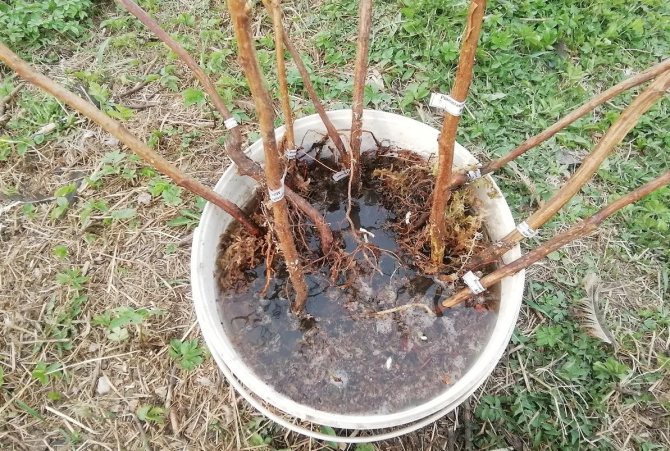

Before planting, it is necessary to place the roots of the seedling in water for an hour, and if there is a great gap in time between the purchase of planting material and the planting of raspberries, it is advisable to dig in the plant for some time after the acquisition
Landing algorithm
Planting the variety in question does not differ from the procedure with other plant varieties. Stages:
- Before the formation of holes, clear the area from debris, plant debris, cut the branches of neighboring plants.
- Then dig up the soil on the territory with a shovel bayonet, thereby removing weeds and saturating the soil with oxygen.
- Before planting, make sure that the length of the shoots does not exceed 40 cm: if more, the shoots must be cut to the desired length.
- Remove all the foliage from the seedling (if any) so that the plant can use all its strength to take root in the root system.
- Each hole before the planting process is subject to feeding with humus, peat or manure and the obligatory mixing of fertilizers with the soil.
- If it often rains in your area, or the soil does not have good drainage qualities, make a hole 10 cm deeper and lay a layer of expanded clay, crushed stone or pebbles. This is followed by dusting the drainage system with 5 cm soil and spreading the following elements as top dressing per 1 m2: wood ash - 500 g, humus - 15 g, potassium-based fertilizers - 50 g, double superphosphate - 200 g. are mixed.
- The bushes are placed in the center on a pyramidal earthen embankment in holes 30–50 cm deep, long and wide. The distance between the bushes should be no less than 1 m: the plants should be well ventilated, so they will be less susceptible to disease.
- For better engraftment, the roots can be pre-moistened with a solution of clay and water.
- Sprinkle the roots with soil in such an amount that the root collar is above the soil level. In this case, the soil is carefully tamped so that no air pockets form.
- After planting the bushes, pour each one with 1 bucket of water.
- Above the roots, mulch the soil with a nutritious consistency of humus and peat.
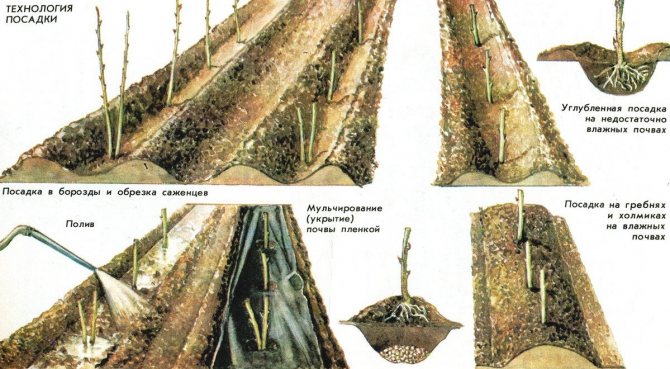

Care
In order to achieve a successful and active plant growth, as well as a plentiful and high-quality harvest, it is necessary to adhere to certain conditions:
- compliance with the irrigation regime (in hot and dry weather - every day), preventing the root part from drying out, especially at the time of fruit ripening - this variety almost instantly reacts to a lack of moisture in the form of a decrease in berries; at the same time, do not overmoisten the substrate before the onset of the growing season, since there is a risk of infection of the plant with fungal diseases;
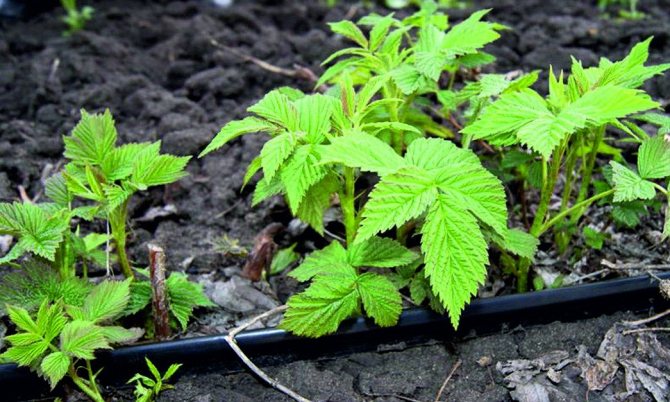

- removal of excess ovaries, saving no more than 5 plants per 1 m²;
- cutting off all shoots for the winter at the end of the harvest "under zero" (to the surface of the soil) - thus, diseased and useless branches that can serve as carriers of diseases are removed;
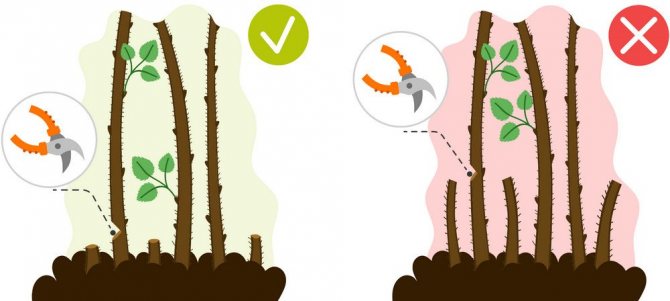

- spring pruning - before or immediately after bud break;
- bed powder at the end of the process, any pruning with humus and wood ash;
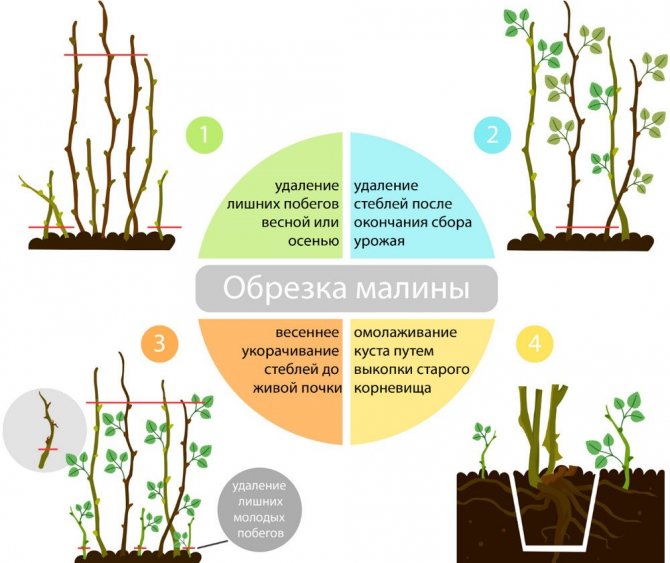

- hilling and loosening the soil: the root system, placed in the soil, must be provided with free access to oxygen. To do this, it is necessary to loosen the soil after each watering, but this should be done very carefully, in no way touching the roots;
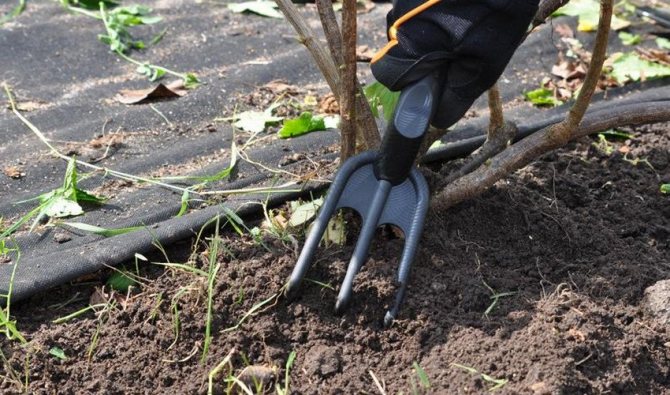

- spring cleaning of the site from snow, covering overwintered raspberry bushes with a film in order to heat the soil faster.
The variety responds equally well to fertilization with both organic and mineral fertilizers. Seasonal feeding should include 3 sets: in spring, summer (when it blooms) and after harvest. As the first top dressing, it is better to use mullein or chicken dung (in a lower concentration), the second - nitrogen fertilizers (2 tablespoons per 10 liters of water), the third - potassium-phosphorus mixtures (50 g each for a bush).
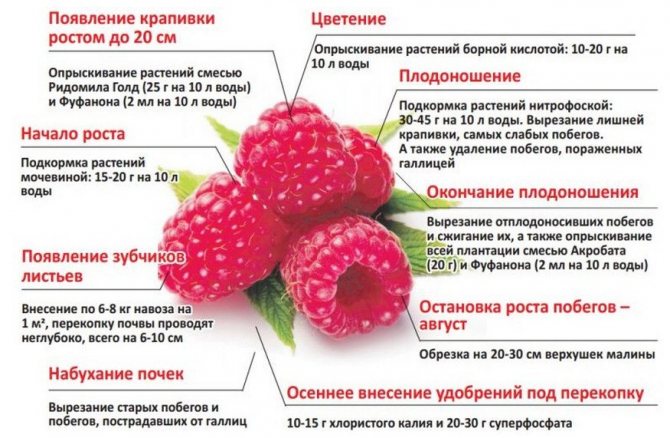

Support is what any raspberry variety needs to avoid thickening of the site and death under its own weight... To do this, it is necessary to dig in iron rods 2 m in height at each planted bush, along which to pull the wire and tie up the plant. All raspberry bushes should grow straight upright and not at an acute angle.
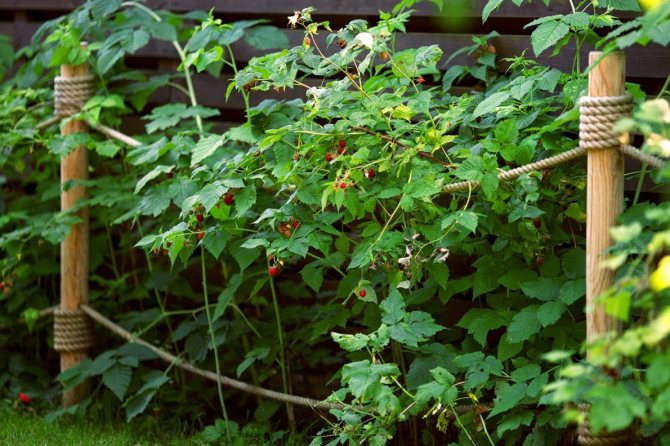

History of creation
This variety of remontant raspberries was bred by Russian breeders - Academician of the Russian Academy of Agricultural Sciences I.V. Kazakov and his student, Doctor of Agricultural Sciences S.N. Evdokimenko. Work on the creation was carried out at the Kokinsky support point (Bryansk region). Monomakh's hat is not included in the State Register of Breeding Achievements of the Russian Federation, since it was found to have a strong vulnerability to viral and fungal diseases. The originators stopped its reproduction and distribution. The variety has been withdrawn from registration. For which I would like to separately thank the breeders who did not begin to hush up and hide the serious shortcomings of the variety, which, against the background of the advantages, can not be noticed, for the sake of making a profit from the sale. After all, it is not a fact that the plant will necessarily get sick with everyone and pick up all the misfortunes. An example is the popular, well-selling and really good summer raspberry Cascade Delight, which is very vulnerable to the dwarf virus.
Harvesting and storage
Harvesting raspberries is not difficult, as there are few tough thorns on the bushes, and they are mainly found on the lower part of the shoots. The first fruits are harvested in July from the shoots of the current year, the next wave of fruiting occurs in August, and the berries are plucked from young shoots.
We advise you to find out the best recipes for raspberry blanks for the winter.
However, few gardeners use this kind of scheme: more often the Monomakh Hat is planted to obtain a later, cleaner and better harvest, since with the onset of autumn there are practically no pests in the garden. Thus, the berries are harvested from the bushes in the second half of August. During the specified period of time, the bulk of the berries ripens, and gardeners manage to get about 60% of the harvest.
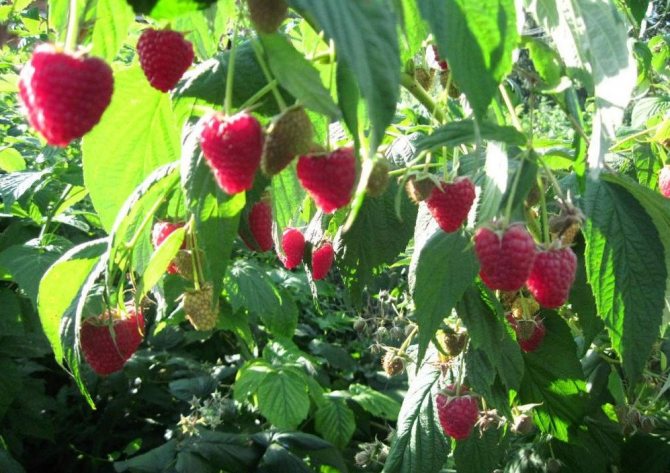

Advantages and disadvantages of the variety
“You are heavy, Monomakh's hat,” - this quote from A.S. Pushkin from Boris Godunov will involuntarily come to mind at the sight of large, heavy berries of this variety. Large-fruited and high yield are the main advantages of this raspberry.
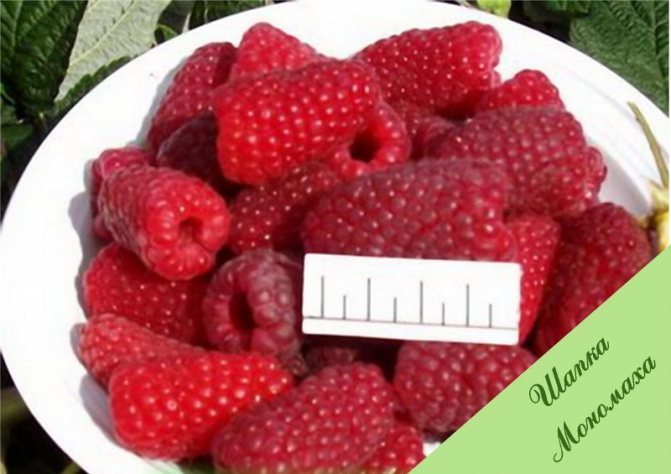

The size and weight of the berries are impressive
Whatever the size of the berries, the main thing is their taste and aroma. And here the Cap of Monomakh looks very dignified. Sweet taste with subtle sourness is combined with a true raspberry aroma. Harvesting does not cause much trouble - raspberries are easily removed from the stalk, and thorns are practically absent.
But the fact that the Monomakh Cap berries begin to ripen later than most other remontant varieties is a double-edged sword, and then how lucky with the weather. If autumn turns out to be rainy with the early arrival of winter, then it is unlikely that 60% of the potential harvest will be taken from the plantings. But the late onset of stable cold weather will allow you to enjoy raspberries until November - after all, night temperatures down to minus 5-7 degrees are nothing to her.
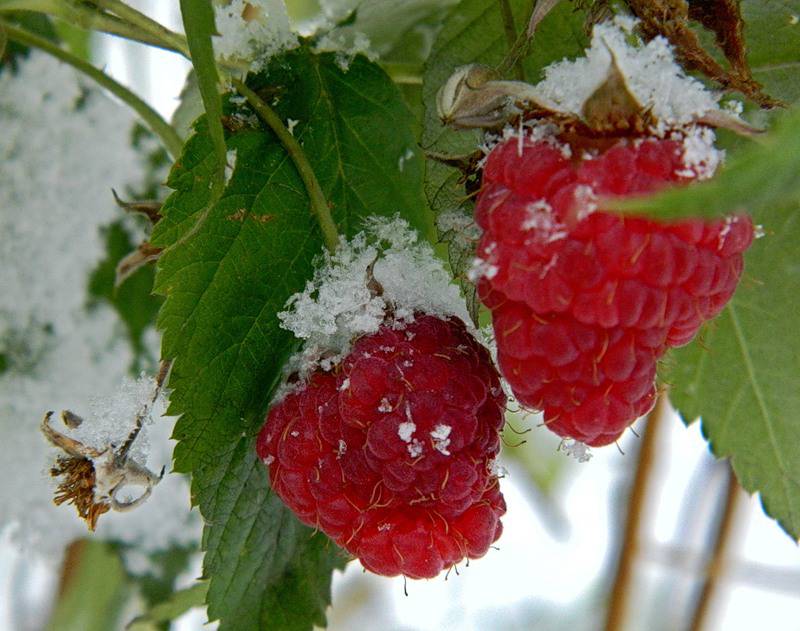

Monomakh's hat will delight the October harvest
But there is one serious drawback of the Monomakh Cap, which does not allow the variety to get wider distribution. This is the susceptibility of the variety to viral diseases, the most unpleasant of which is bushy dwarfism. The disease manifests itself in the form of falling apart of ripening berries into composite grains. Most likely, it was this shortcoming that prevented the variety from getting into the State Register of Breeding Achievements.
Preparing for winter
According to its characteristics, this is a fairly frost-resistant variety of raspberries, and with complete pruning of the shoots for the winter, the plant can not be covered, but it is imperative to sprinkle the hemp with peat or humus.
Important! Do not be afraid to prune raspberry bushes in the autumn: the variety is distinguished by the fruiting only of young shoots that have formed during the current growing season. The plant will more easily endure the winter, and will release new shoots in the spring.
Otherwise, with the onset of severe winter weather conditions, the shoots of the plant are bent to the ground, pinned and covered with spruce branches, and then with snow. It is important to ensure that no ice crust forms.
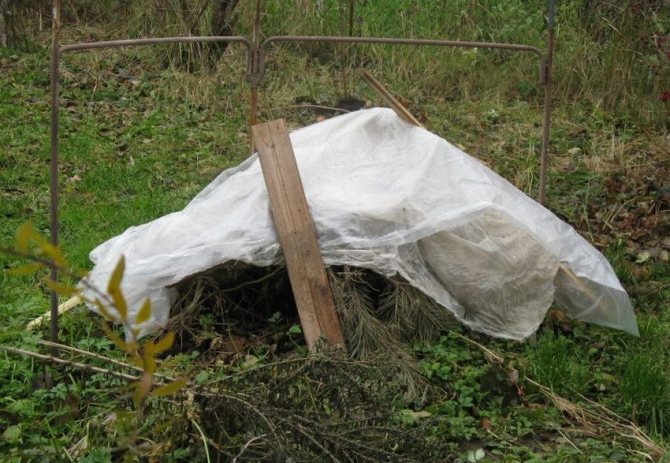

Top dressing
The ability of remontant varieties to grow for a long time requires an impressive nutrition, so the preparation of the soil for remontant varieties must be very careful. Annual application of organic matter and complex mineral fertilizers is a prerequisite for the good development and growth of this raspberry variety. Photo and description Monomakh's caps confirm the decorative and taste qualities of the berry. If enough fertilizer was applied during planting, then during the first years it is not necessary to feed the raspberries. Subsequently, annually in the spring, nitrogen fertilizers are applied, which activate the growth and set of leaf mass, during fruiting - phosphorus and potassium fertilizers (ash, superphosphate). By winter, organic matter, in particular, humus, acts as the main top dressing.
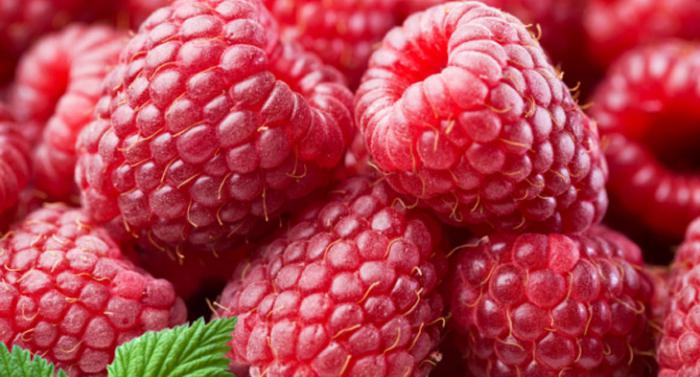

Zoned raspberry varieties for the Moscow region are perfect: wintering in plots and in the gardens of the Moscow region is well tolerated even without pruning plants, provided that two crops are harvested, regardless of whether they are bent to the ground or not.
Breeding specifics
The growth around the bush of Monomakh's cap is insignificant: for this reason, the most common method of propagation of the variety is cuttings. At the end of spring, several young shoots must be cut off. It is advisable to do this at the moment they reach a height of 4-5 cm. Cropped cuttings are subject to instant planting in pre-watered soil... Once the shoots have taken root, they can be transplanted into a permanent growing area.
Important! Experienced gardeners advise planting raspberries in the fall: at this time, the culture produces a large number of cuttings suitable for propagation.
The planted raspberry root system is removed from the soil in late autumn, and the roots are cut into separate cuttings about 15 cm long. It is best to store cuttings in dark, cold conditions, for example, in a basement, while making sure that parts of the plant do not dry out.... Upon the arrival of spring, they are moved into boxes with peat and wet sand, then sprinkled with the same mixture. When parts of the plant have reached a length of 3 cm, they can be removed from the root system and planted in the soil.
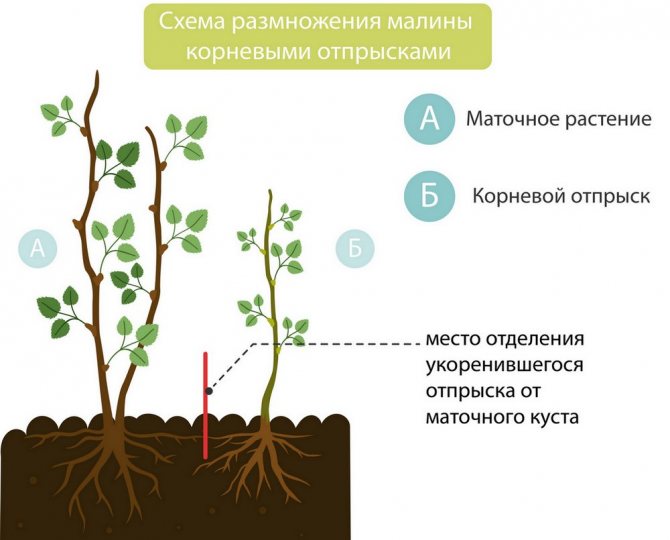

Checking the reaction of the soil
To check the acidity of the soil, they resort to the old proven method: several leaves of black currant are brewed in a small amount of water and a piece of soil is dipped into the broth from the place planned for planting.
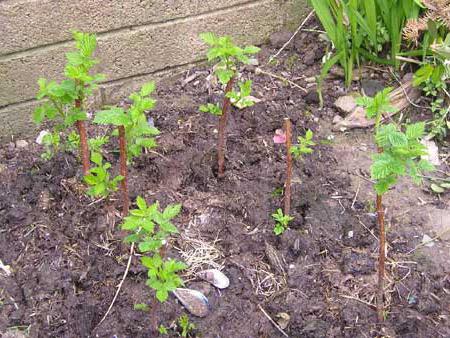

The resulting shade of the solution will answer the question about the degree of acidity of the soil. The reddish color is a reaction to acidic soil, greenish is slightly acidic. Neutral soils produce bluish tints.
When planting the raspberry variety Monomakh's Hat, the acidity of the soil should be neutralized. With a high acidity, 400 g of lime flour is added for each m2, with an average - 200 g. Wood ash is also good for these purposes, not only reducing acidity, but also enriching the soil with calcium, phosphorus, potassium and other microelements. Dolomite flour works effectively, especially on soils poor in magnesium.When using slaked lime to reduce the acidity of soils, it must be remembered that it is a fast-acting, but aggressive fertilizer that delivers magnesium and calcium to the soil. Therefore, it should be entered in advance.
Diseases and pests
Sorry, the Cap of Monomakh has a high susceptibility to infection by fungal diseases and viruses... If mottling appears on the leaves, they curl and wilt, then it's time to use fungicides to fight the fungus.
Find out how to spray raspberries in the spring against pests and diseases.
Also, the variety is capable of becoming an object of attack by pests such as aphid, caterpillar, spider mite... To avoid such troubles, it is necessary to carry out preventive spraying of the plant with solutions of insecticides (for example, "Karate", "Arrivo"). Bushy dwarfism, which is not treated, leads to shedding of fruits, tarnishing and yellowing of leaves.
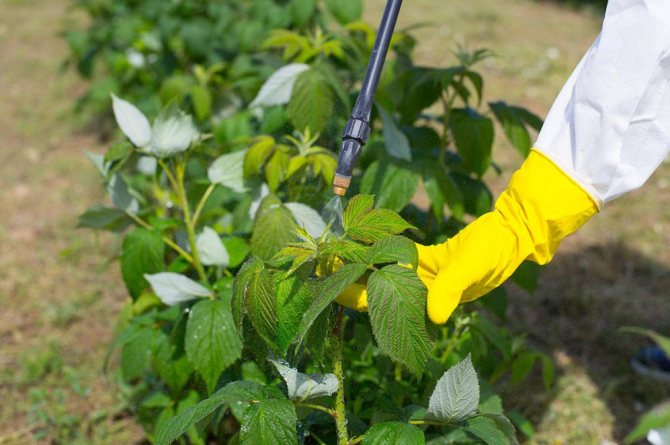

Timely removal of diseased and dry shoots, adherence to proper care, pruning and feeding will help to avoid unpleasant consequences and grow healthy and tasty berries in your area.
Testimonials
My Monomakh Hat has been growing for 15 years. I trim the entire raspberry tree to zero annually. The variety blooms and bears fruit regularly. Don't be afraid, cut your hair boldly. There are varieties that we do not breed for a large harvest, but for delicious berries. This variety is one of those!
I brought out the Cap of Monomakh. Plot in the shade. Raspberries are often sick.
Many gardeners are trying to grow remontant varieties, like ordinary raspberries, believing that genetics will manifest itself anyway. However, practice shows that only compliance with the recommendations for preparing the soil, plot and caring for the shrub will allow you to get the declared harvest, large tasty berries.

